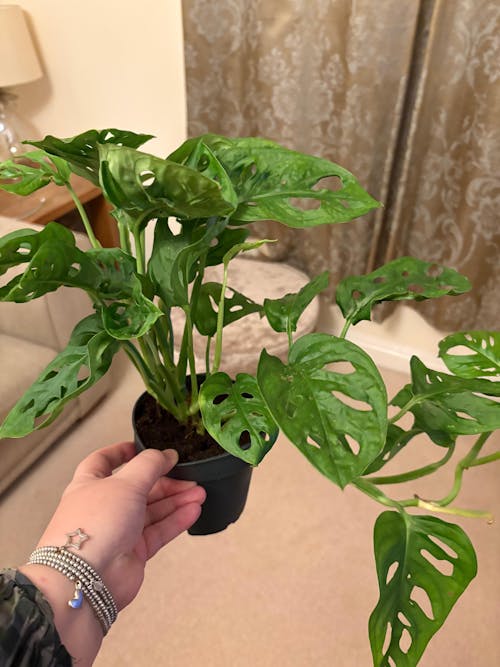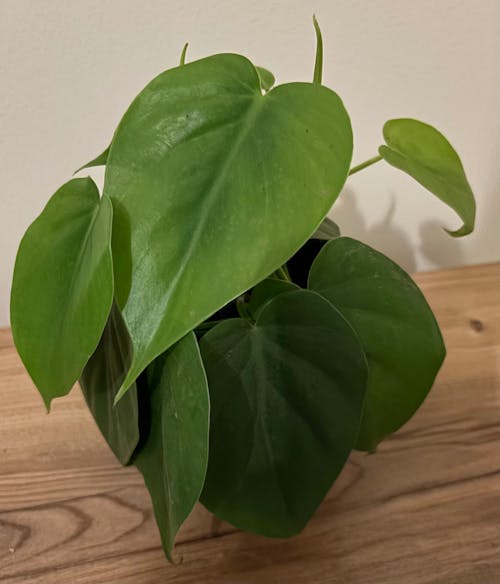Scientific Name
Vriesea splendens (Vriese's splendid plant) 'Intenso Pink'
Common Name
Flaming Sword, Flaming Sword Bromeliad, Pink Flaming Sword
Origin
Native to tropical regions of South and Central America
Description
This striking houseplant is sure to draw all the attention with its bright flower spike erupting from the centre of the striped green foliage. These Bromeliads only bloom once, but the bloom will last for several months before dying back. The plant should then produce pups, which can be potted out when they reach around a third the size of the parent plant. In these clones, the plant passes its own genes on- and they will have the chance to flower and reproduce themselves!
Light
A range of indirect light conditions are good for this plant; make sure it gets no more than an hour of direct sun if at all; in a darker spot, keep the soil on the drier side.
Water
Allow the top third of the soil to dry out between waters; remember, the less light the plant gets, the less water it will need. Keep the well in the centre of the foliage topped up, though; this is what allows the plant to survive between rainfalls in its natural habitat.
Humidity
This plant loves higher humidity and will benefit from the introduction of a pebble tray; by topping up the well in the centre, you will also help it to maintain a good level of humidity.
Soil
In its natural habitat, this plant is an epiphyte (grows on trees), so a soil with added bark, such as a blend designed for Anthuriums or Orchids will work well here. Repot every few years if you would like to, although this isn't strictly necessary.
Food
Feed every four waters in the growing season, reduce to every six in autumn and winter.
Temperature
Temperature should ideally be between 15-30°C- make sure it doesn't drop below 12°C in winter.
Pet-safe
Yes, but too much nibbling won't be good for pets, small humans or the plant!
Sprouts Top Tips
Keep the 'well' of water in the centre of the foliage topped up, and otherwise don't let the soil sit soggy. When the plant produces its pups, wait until they are around one third the size of the parent plant before potting them out; at this point they're ready to grow up and move out! The parent plant will die after this, but the DNA will be carried forward by the pups.




























